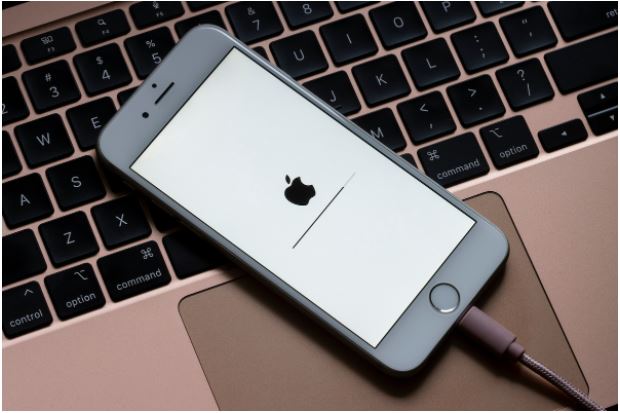Learn about the on-device and network security options available to you in order to supercharge your internet security when browsing the web and using apps on iOS.
Securing your internet access can mean many things, but we like to think of it as a two-fold approach for both on-device data and network data once your web request has left your device. There’s much that you can do to protect both on-device data stored locally (such as your browser cache) and the data that leaves your device when making website requests.
We’ll take a look at how to secure your data on the device and how to protect your data that ISPs might see through iCloud Private Relay and VPNs.
How to secure on-device network activity
iOS does a great job at ensuring that things that are stored locally are encrypted using your passcode, and also data between apps are secured and only data you wish to share between apps is actually shared.
Mail and Safari are two apps that can be configured to be more secure than it ships with by default when it comes to network activity on the device. Let’s look at each of the settings for these apps that can make your device more secure.
Enabling Mail Privacy Protection
Mail has always been a hotbed for compromising network activity: From tracking pixels to HTML content that could load inline, email can be tracked. Fortunately, iOS 15 includes a way to protect your email through Mail Privacy Protection that will still allow you to load remote content in emails, but it will hide your location and IP address from the sender.
To enable Mail Privacy Protection:
- Open the Settings app.
- Navigate to Mail | Privacy Protection.
- Enable the option for Protect Mail Activity (Figure A).
Figure A

Clearing browsing history
Browsing history stored on your device can include not only the list of websites you’ve recently visited, but also a cache of those sites to load them more quickly the next time you visit the website. You can clear this data for security, but also to remove the cached items, which can then in turn increase your storage. On iOS this cannot be set to happen automatically, but you can manually clear it by:
- Open the Settings app.
- Navigate to Safari.
- Tap Clear History And Website Data.
- Confirm by selecting Clear History And Data.
When you do this, all of the website data and history from your recent web browsing sessions will be removed locally from the device and also from your iCloud account if you store Safari history there as well.
How to secure network activity off-device
There are two main ways that you can secure your off-device network activity. The first is through iCloud Private Relay, which is an iCloud+ feature that protects browsing through Safari. The second is the traditional VPN service that can protect the entire data on your device from risky public Wi-Fi connections.
Using iCloud Private Relay
iCloud Private Relay is a brand new service released in iOS 15 for users that have iCloud+. This service will protect your activity when browsing the internet using Safari. It does this by loading your data anonymously through Apple’s servers, then relaying that information back through Safari in a secure manner that can prevent websites from being able to track your location or browsing history.
To enable iCloud Private Relay:
- Open the Settings app.
- Select your name at the top.
- Navigate to iCloud | Private Relay.
- Enable the Switch for Private Relay (Figure B).
Figure B

With iCloud Private Relay enabled, you may notice a slight decrease in speed when loading websites. This is due to the extra jump the network traffic must do in order to load securely through Apple’s servers. You may want to turn off iCloud Private Relay for certain trusted Wi-Fi networks. You can do this by following these steps:
- Open the Settings app.
- Select Wi-Fi.
- Select your Wi-Fi network on which you wish to disable iCloud Private Relay.
- Turn off Limit IP Address Tracking (Figure C).
Figure C

Using a VPN to secure network activity
If you wish to secure your web browsing activity beyond what iCloud Private Relay can do, such as in third party apps and not just Safari and Mail, then a traditional VPN might be what you’re looking for. A VPN will relay all of your device’s traffic through a trusted VPN service or server, ensuring that risky public Wi-Fi connections cannot snoop on your activity since it’s encrypted on the originating network through to the VPN.
Each of these services offer an iOS app that can integrate within iOS to allow quick connections to their services. Many also offer the ability to set trusted networks where the VPN can automatically connect when it joins a network that’s not in its trusted list.
With these services, a VPN profile will be installed during setup process and you will be able to easily connect to the service by navigating to Settings, and turning on the VPN toggle (Figure D).
Figure D

When you do this, all of the network traffic on the device will be encrypted up to the point of reaching the VPN, allowing for a more secure browsing experience when on Wi-Fi that you cannot trust.
Source: https://www.techrepublic.com/article/how-to-secure-internet-ios/
Image: Tada Images/Adobe Stock



